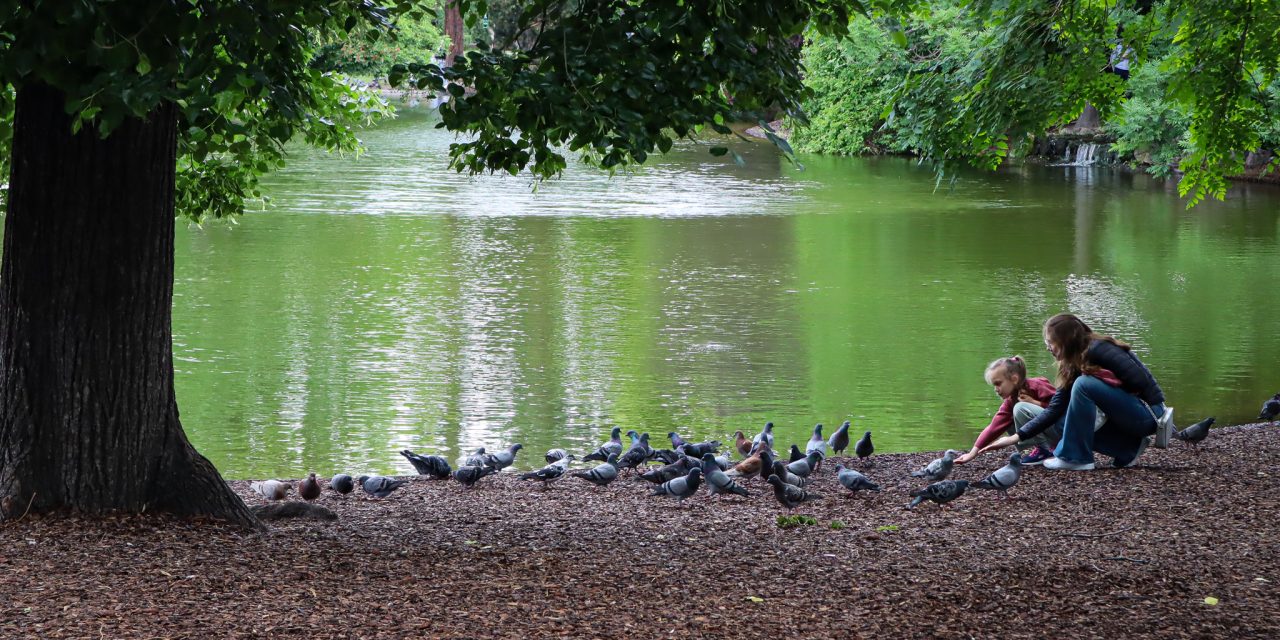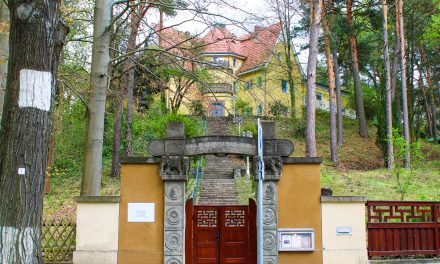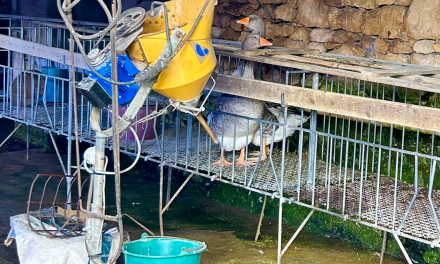Vienna is often mentioned as a model city for urban planning. In 2024 it was voted the world’s most livable city for the third year in a row by the Economist Intelligence Unit. In this capital green spaces make up around half of the city’s area. But behind this green image there is a complex reality. Not all residents in Vienna benefit equally from the green areas. While some neighbourhoods are filled with trees and parks, others are filled with concrete. What are policy and grassroots efforts doing to close this gap?
Viennas green image is not something that suddenly happened, it is the result of long term urban planning. The city puts a big emphasis on green spaces that are open for all. The urban development plan for 2025 contains elaborate strategies to ensure that all citizens have access to a green environment. This plan also outlines how greenery can be included into more densely built districts. Measures such as green roofs, vertical gardens and microparks are all part of the vision. However, implementation still remains uneven across districts.
Despite the city’s green planning goals, when comparing two different neighbourhoods you can clearly see the completely different experiences that the residents in Vienna can have, even when living in the same city. Sonnenwendviertel is a relatively new neighbourhood. It was designed with green planning in mind, and it is visible all over. The Helmund-Zilk park is central in this neighbourhood and the inhabitants often highlight this as a part of their daily lives. Together with community gardens and wide pedestrian areas, greenery is a part of the lifestyle of its inhabitants.
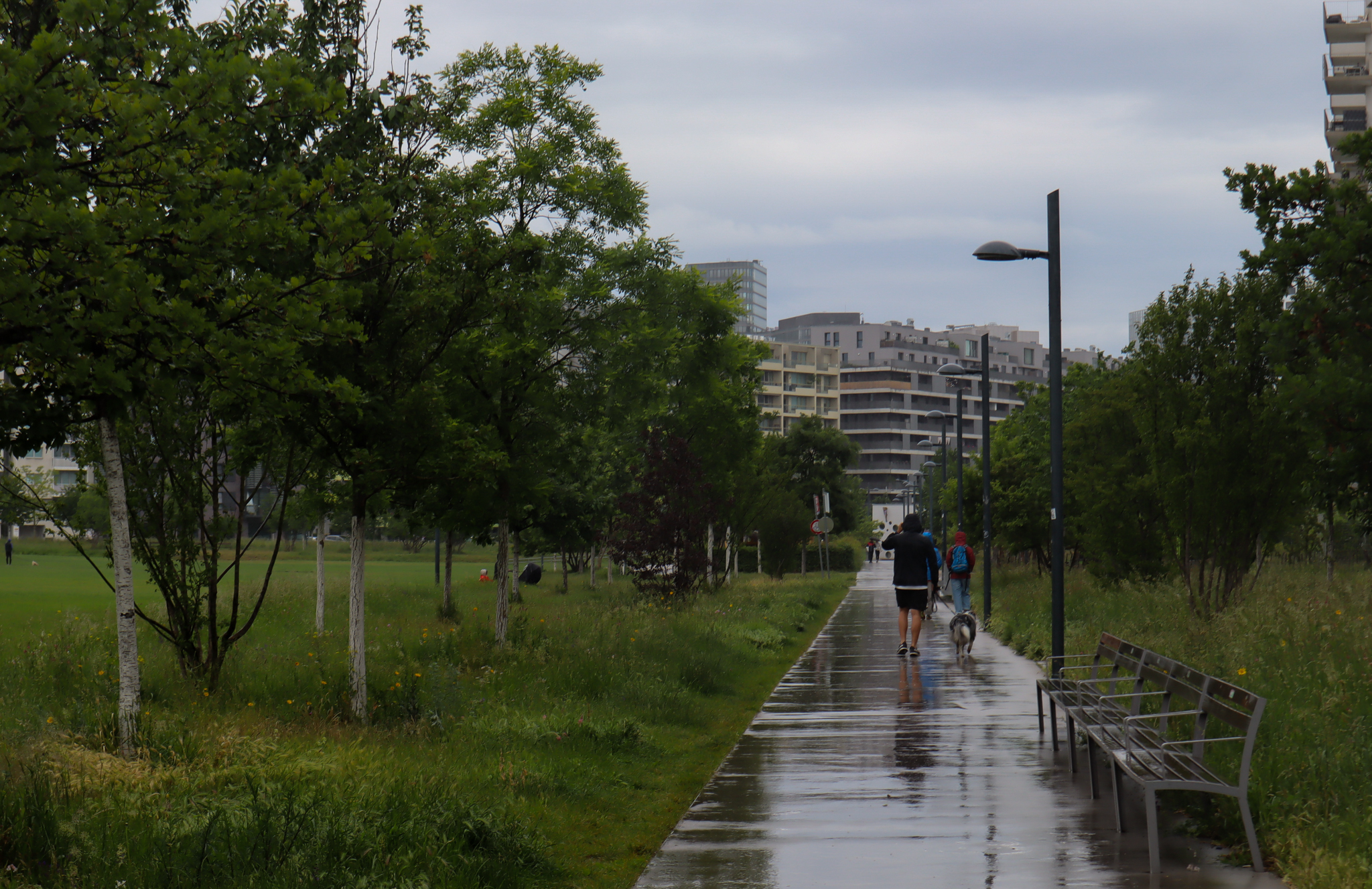
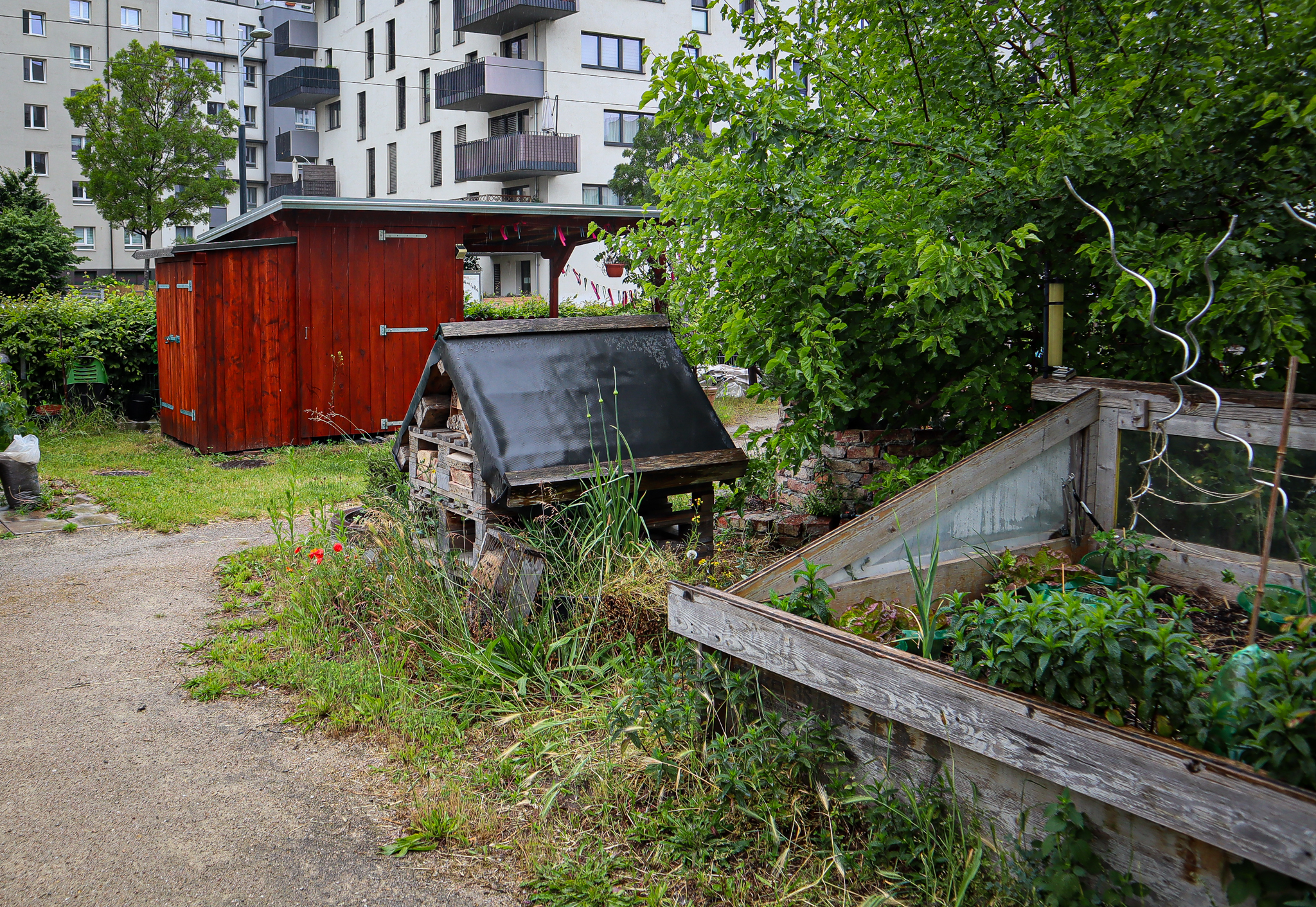
In contrast, Neubau, the 7th district in Vienna is one of the least green areas in the city. According to Janosov (2023), Neubau has one of the lowest green space per capita numbers in the whole city. This neighbourhood is popular amongst students and young professionals, but it is one of the most affected areas by climate change according to the city of Vienna. (2018) Residents have often expressed their concerns about the lack of shade and greenery, mentioning they are overheating in the summer months. There are some small-scale greening projects, but many locals feel these are insufficient for their needs. (Rebhandl, 2017)
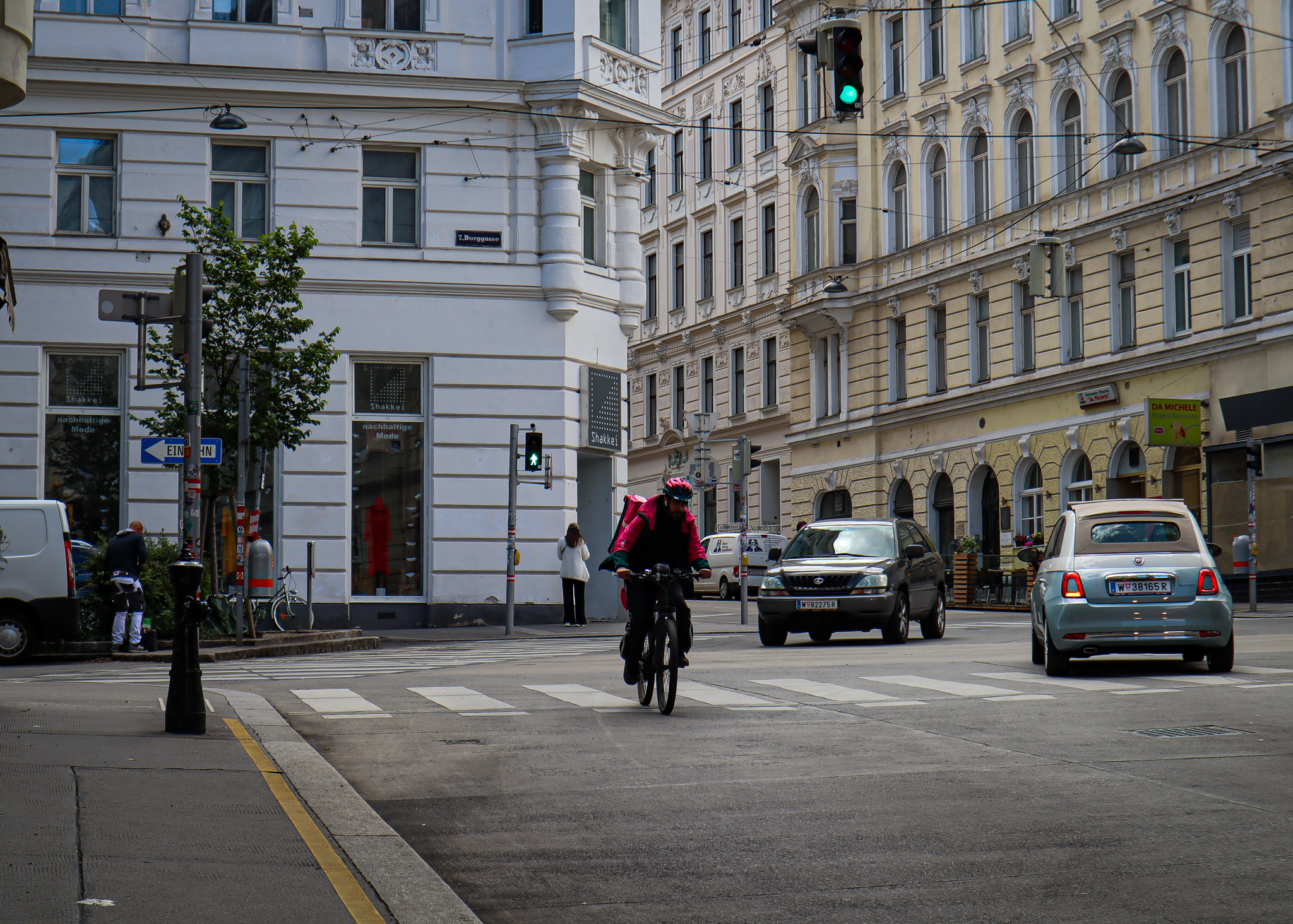
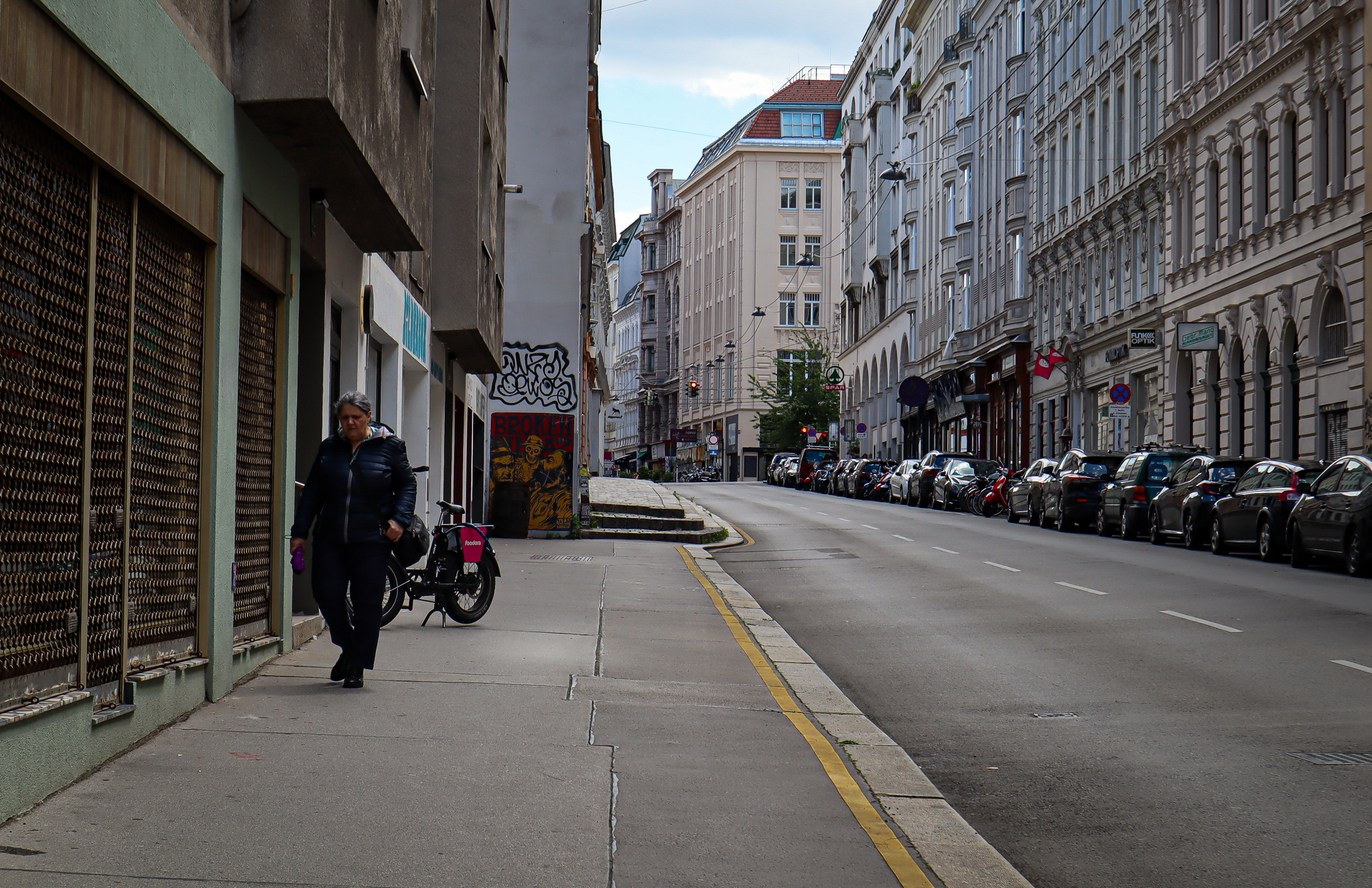
Neubau, one of the least green neighbourhoods
Despite these challenges, Neubau is also home to some grassroots initiatives such as the ‘SalatPiraten’. This is a 300 square metre community garden, completely managed and started by residents in the area. It is both a place for urban agriculture and for communal events, and an example of how bottom-up initiatives can make urban spaces greener. Across Vienna there are similar initiatives popping up, several in almost every district. Each garden has a different purpose, from working together with different generations to intercultural gardening. Nevertheless the overarching theme stays the same: to grow vegetables, sharing the joy of gardening and to reclaim the urban space.
Enlarge
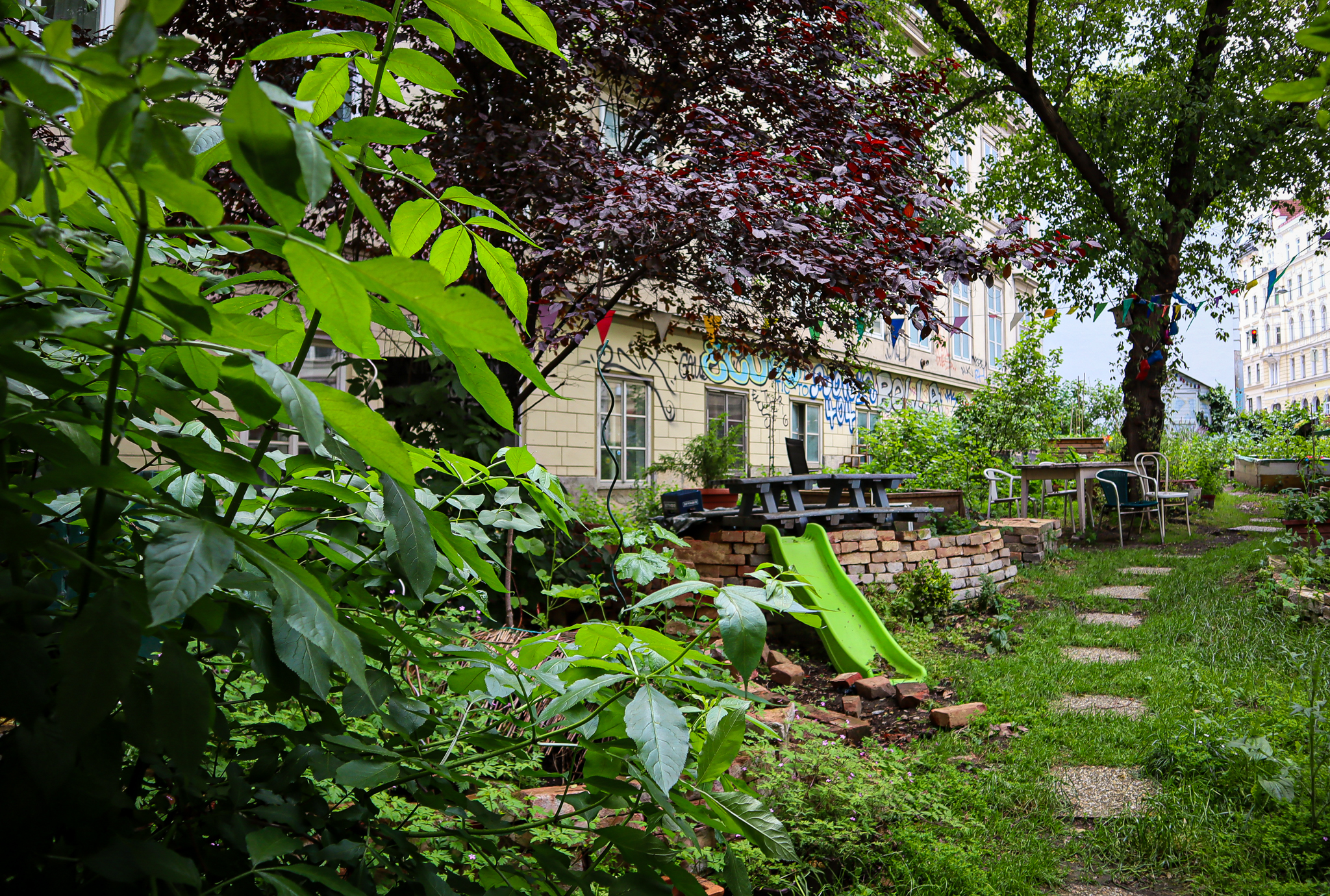
Green spaces are not just important for visual aesthetics, they also have numerous health benefits. According to Khomenko (2020), the citizens living in Viennas least green districts are more exposed to environmental burdens such as air pollution or overheating. These burdens are linked to higher risks in respiratory illness or heart diseases. Furthermore, the lower income districts have a higher share of these risks than high income areas.
Lack of green spaces also has an impact on mental well-being. Researchers in Wales found that greenery in the direct environment of the home reduces depression and anxiety, sometimes as much as twenty percent. The impact of added greenery was especially visible in areas that were deprived of green spaces before. (Geary et al., 2023)
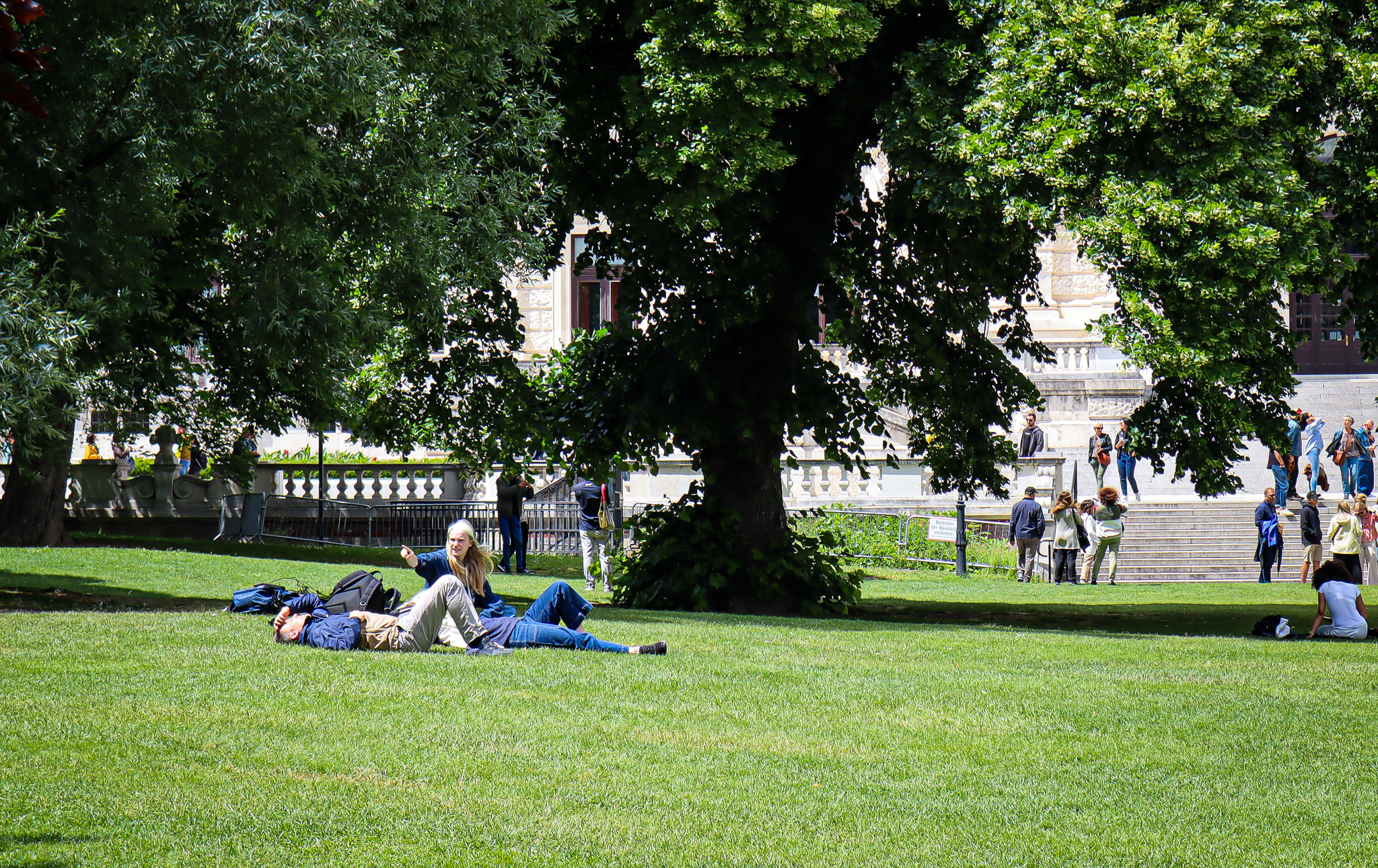

People enjoying the Burggarten
While Vienna is often praised for the amount of green in the cities, there are other cities just as green or even more green than Vienna. According to data from the European Environment Agency (2021) Vienna ranks somewhere in the middle of all thirty eight countries in this environmental network, and it ranks just slightly above average. Cities like Berlin and Madrid are surpassing Vienna by far. This comparison shows that while Vienna is a very green city, this is not an unmatched characteristic. Still Vienna has been voted one of the most livable cities in the world, therefore raising questions on how this green space is distributed, and not just about how much exists overall.

Viennas reputation as a green city only tells one side of the story. While some neighbourhoods enjoy parks, trees and other benefits of green planning, others struggle with the negative side-effects of the lack of greenery. The city planners aim for equal access to green spaces, but implementation is still lacking. Grassroots neighbourhood initiatives show how residents are reclaiming urban space and shaping their own environment. As Vienna is constantly growing, ensuring that all residents have access to green spaces remains a challenge.
